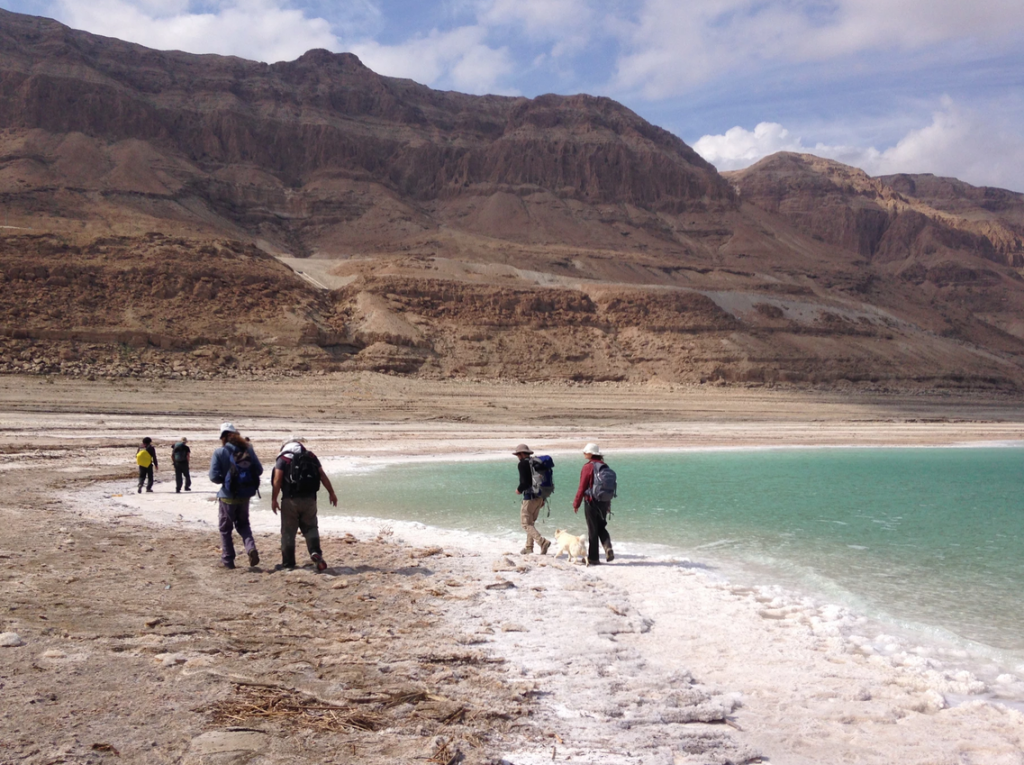Salty Mystery: Joint US-Israeli Study Aims To Answer Salt Buildup Puzzle In Dead Sea
By Francine Levy,No Camels Israel Innovation News
As a top tourist destination, Israel welcomed a record-breaking 4.1 million visitors in 2018 and just over two million from January to May this year. Tourists flock to the country to seek its exciting array of sites, including ancient and historic cities, picture-perfect beaches, fabulous shopping, renowned museums, and countless hiking trails.
One of Israel’s most visited destinations is the famous Dead Sea, the lowest elevation on Earth at 430 meters (1,410 feet) below sea level. As the deepest hypersaline lake in the world, the Dead Sea, bordered by Jordan, Israel, and the West Bank, is a natural and historic wonder. There is no marine life in the lake due to its high salt concentration (which is how it earned its “dead” title in English). Visitors typically cover themselves in the lake’s mineral-rich mud, believed to hold healing properties for skin conditions, and float naturally and effortlessly in its waters.
In recent decades, scientists have observed that a large amount of the freshwater that feeds the Dead Sea has been diverted, lowering the lake’s water levels and making it even saltier. This trend was first observed in 1979 when scientists noticed salt crystals precipitating, or “snowing,” out of the top layer of the sea’s water. This salt crystal “snow” has piled up on the lake bed, puzzling scientists across the globe as the sinking salt defies the laws of physics. The salt layer on the lake floor has been growing about 10 centimeters (four inches) thicker every year.

Satellite images of the Dead Sea taken in 1972 and 2011, showing how much water levels have dropped since Israel and Jordan began diverting much of the freshwater entering the Dead Sea. Credit: NASA
A salty mystery solved?
Now, some forty years later, scientists are unearthing the reason for this salt buildup. A new study published in the American Geophysical Union’s (AGU) journal Water Resources Research proposes that small disturbances in the Dead Sea, caused by waves or other motion create the “snow,” also referred to as “salt fingers,” that make their way down.
To continue reading this article on the site Click Here
This article was first published on NoCamels-Israeli Innovation News and was re-posted with permission.








